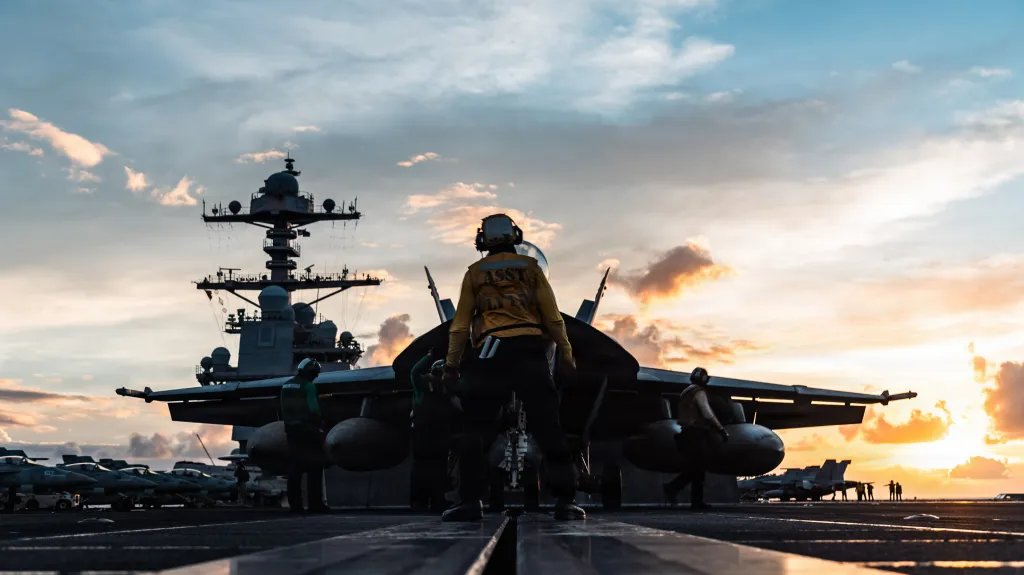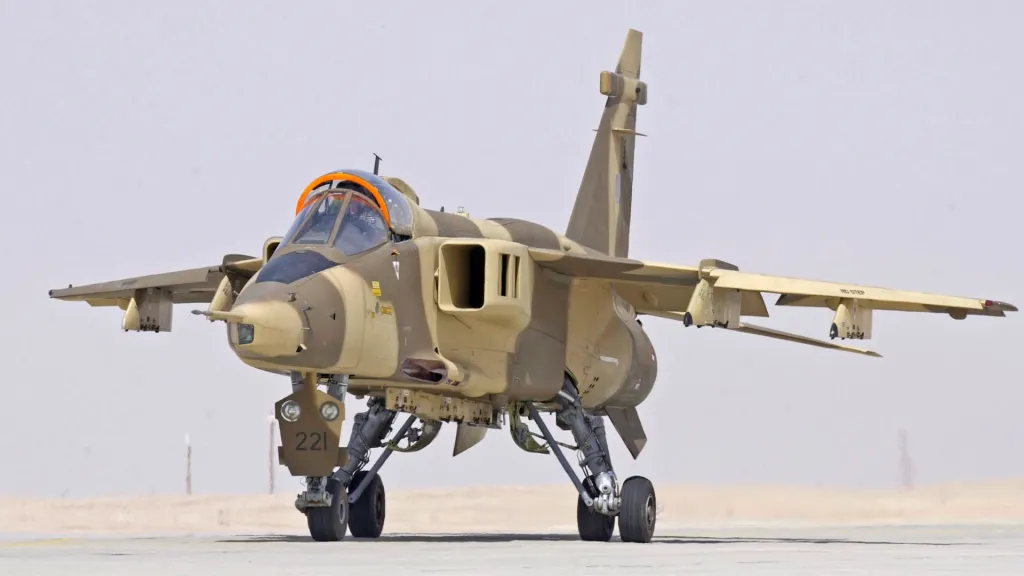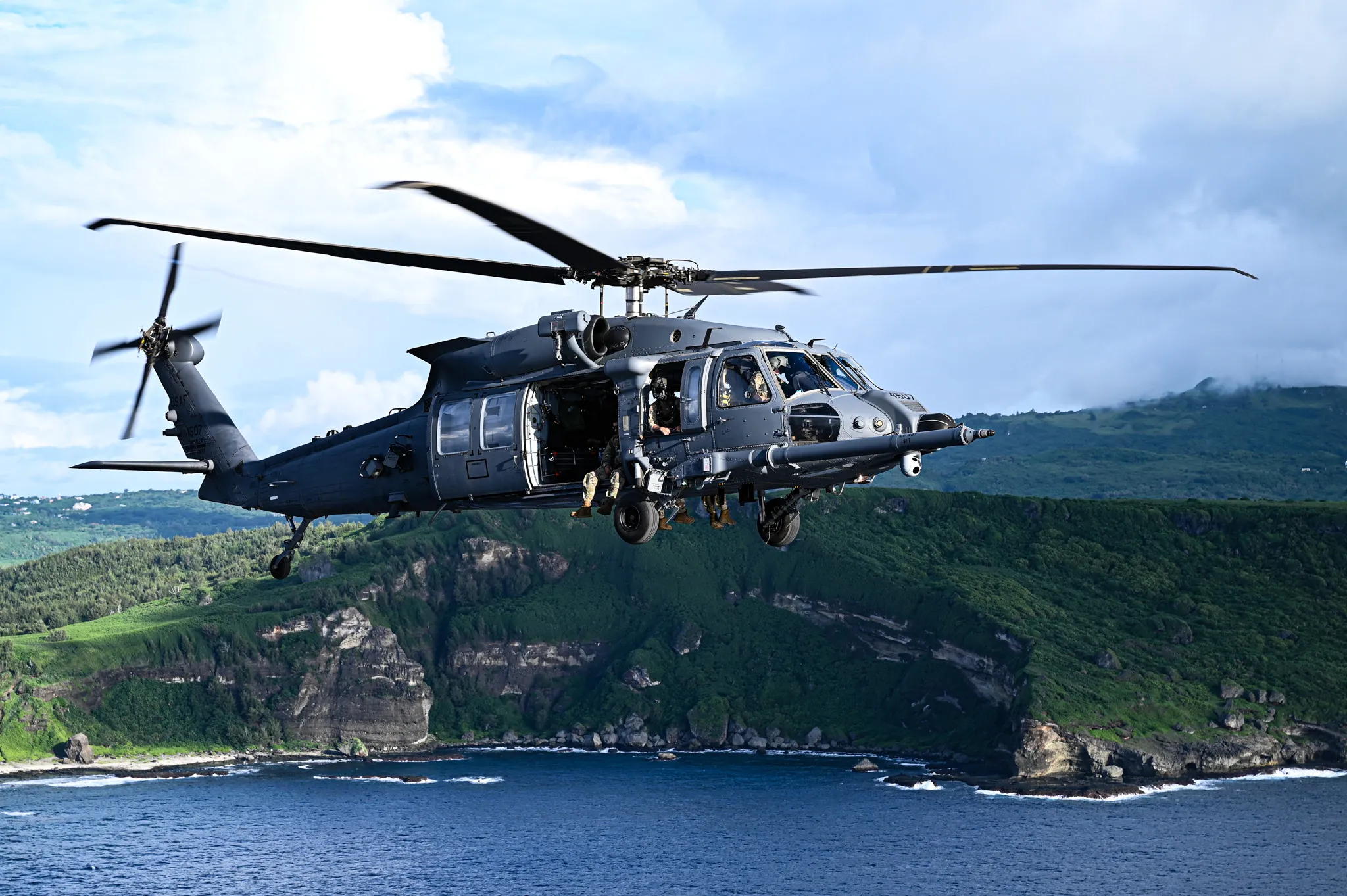CV-22B Osprey, MC-130J Commando II Special Ops Aircraft Deploy To Puerto Rico
There is a growing presence of U.S. special operations forces (SOF) assets in the Caribbean as the Trump administration prepares for possible kinetic actions against Venezuelan dictator Nicolas Maduro. These SOF elements are part of a large buildup of U.S. military equipment and personnel in the region. You can catch up to our most recent coverage of Operation Southern Spear here.
Satellite images emerging online show at least five MC-130J Commando II multi-mission combat transport planes are now at Rafael Hernandez International Airport (RHIA) in Puerto Rico. The Commando IIs appear to have arrived on Dec. 17. There are at least nine Air Force Special Operations Command CV-22B Osprey tilt-rotor aircraft there as well, according to a recording of air traffic control conversations shared with The War Zone. The presence of the Ospreys was first reported by The Wall Street Journal.
U.S. Special Operations Command and Air Force Special Operations Command declined comment when we inquired about the deployment. U.S. Southern Command (SOUTHCOM), which oversees military operations in the region, also declined comment, citing operational security concerns.
The presence of these aircraft provides a drastic expansion of special operations aerial support capability for Operation Southern Spear. The CV-22s offer greater range and speed compared to their traditional rotary-wing counterparts. This allows them to penetrate deeper into contested territory without tanker support, which could prove highly beneficial for a country as large as Venezuela. They also get to where they are going faster and in any weather. This is especially important for combat search and rescue (CSAR) duties where every minute counts. Typically, USAF CV-22s execute special operations infiltration and exfiltration missions and CSAR.

The MC-130J is an extremely capable special operations transport and tanker, that can deliver cargo and personnel deep inside contested territory in any weather. They can do this by landing on rough fields or air dropping cargo and personnel. They commonly refuel CV-22s, HH-60s, MH-60s, and MH-47s, but can also provide refueling for other probe-equipped helicopters. Setting up forward arming and refueling points in austere areas is another mission they execute, along with providing communications support and other ancillary duties. It’s worth noting that the 160th Special Operations Air Regiment (SOAR), better known as the Night Stalkers, is also in the region, including aboard the special operations mothership MV Ocean Trader. MH-47s and MH-60s from the 160th would make use of the MH-130J’s refueling capabilities.
HC-130Js, which are more focused on CSAR operations, are also deployed to Puerto Rico along with a contingent of HH-60W Jolly Green CSAR helicopters.

Other special operations C-130s are also in the region, including the deployment to El Salvador of at least one AC-130 Ghostrider gunship. A video posted on Monday of the latest U.S. military strike on a suspected drug boat clearly shows it being raked by a Ghostrider’s gunfire.
Back in October, we suggested that the AC-130s were being used in at least some of the boat attacks, of which there have been more than two dozen, killing more than 100 people.
The strikes have generated a great deal of controversy, with claims they violate the rules of armed conflict and have been carried out without Congressional or judicial approval. The White House and Pentagon have pushed back on those claims. Earlier this month, Congress closed out investigations into the first of these attacks, on Sept. 2, which were called after it was revealed that survivors of the first strike were killed in a follow-on attack.
It’s also worth noting that there are other special operations aircraft surely in the region, such as U-28 Dracos and others. These are just the ones we see in relatively public places or areas where U.S. activity is already prevalent.
Back to military aircraft at Rafael Hernandez International Airport in Puerto Rico, the airport plays host to MQ-9 Reaper drones, images of which first began appearing online in September. MQ-9s been used in boat attacks as well.
The airport has a long history of hosting U.S. military aviation assets. Originally opened up in 1936 as Borinquen Field and later was renamed as Ramey Air Force Base before being closed in 1973. During its time in operation, the base hosted a variety of bombers, including B-17s, B-24s, B-29s, B-50s, B-36s and B-52s, according to the Ramey Air Force Base Historical Association.

The U.S. Coast Guard Air Station Borinquen still operates from the airport. A compendium of satellite imagery dating back to early October shows a large-scale construction project at the airport. A big swath of land adjacent to the runway and next to the original military ramp has been cleared and there appears to be construction of new hangars or other structures. These additions are a strong indication that the U.S. military presence at the airport is growing and will be sustained for some time to come.

In addition to the special operations aircraft, online trackers show that C-17 Globemaster III cargo jets have landed in Puerto Rico from Lawson Army Airfield at Fort Benning, Georgia. That’s the home of the 75th Ranger Regiment, a special operations airborne unit used to seize airfields, among other operations. A spokesman for the regiment on Monday declined comment on these movements, referring us to SOUTHCOM, which has also declined comment.
Online trackers also showed flights to Puerto Rico from Fort Campbell in Kentucky and Fort Stewart in Georgia, The Wall Street Journal reported. The publication added “that military personnel and equipment were transported on planes” from those bases. SOUTHCOM declined to comment on those movements as well.
Meanwhile, as the Trump administration increases military pressure on Maduro, it is also continuing to take aim at Venezuelan oil shipments in an effort to squeeze him economically as well. As one of the world’s largest oil producers, Venezuela relies heavily on it. Since Trump enacted a blockade on sanctioned ships entering or leaving Venezuela, the U.S. has seized two and has pursued a third. Amid these actions, both China and Russia raised protests at the U.N. Security Council on Tuesday, calling the blockade and tanker seizures “cowboy behavior” and “intimidation.”
So far, U.S. kinetic actions in the Caribbean have been contained to the boat strikes. However, Trump issued a warning to Maduro on Monday after suggesting the Venezuelan leader should step down.
“He can do whatever he wants, it’s alright, whatever he wants to do,” Trump told reporters after unveiling his proposed Trump class battleships. “If he wants to do something, if he plays tough, it’ll be the last time he’s ever able to play tough.”
Regardless of the overt messaging, if anything ends up happening, it’s clear the Pentagon is planning for the special operations community to provide a disproportionate contribution to the overall operation.
Contact the author: howard@thewarzone.com


















